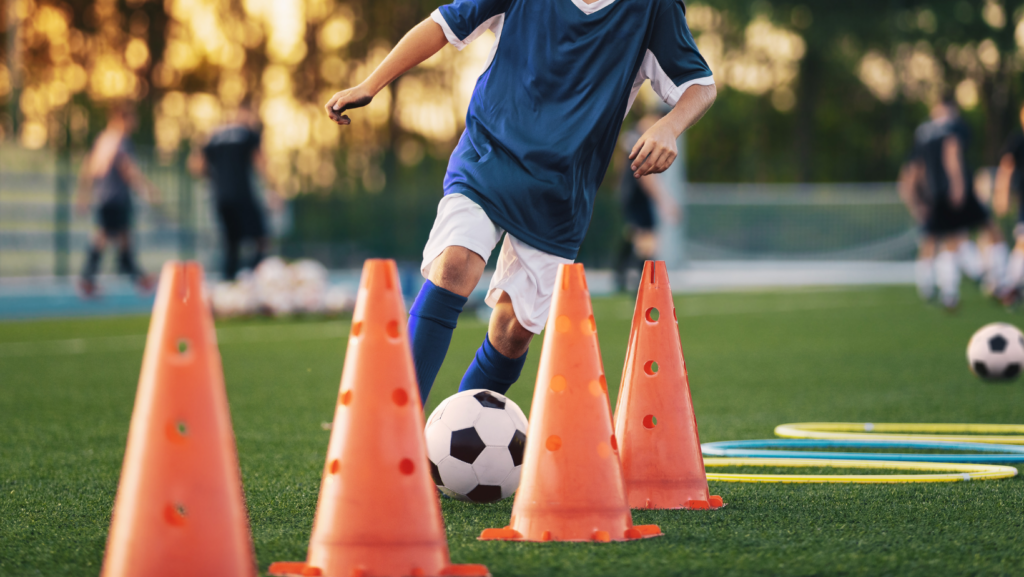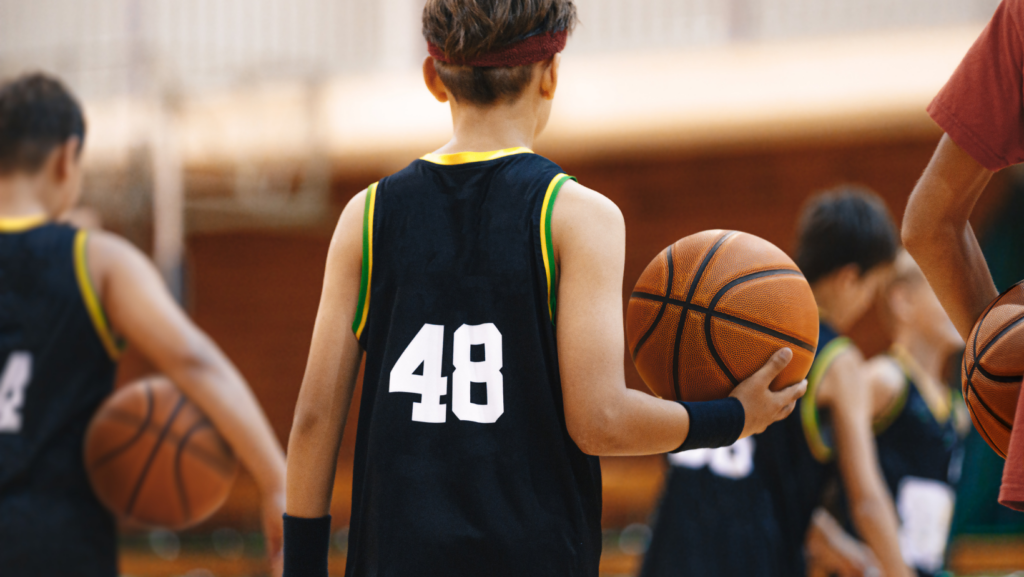In today’s fast-paced world, youth athletic training plays a pivotal role in fostering the physical and mental development of young athletes. As children and teens increasingly engage in sports, understanding the best practices for training becomes essential. This not only helps enhance their performance but also ensures their safety and well-being.
Youth athletic training isn’t just about building strength and endurance; it’s a comprehensive approach that includes proper nutrition, mental resilience, and injury prevention. Coaches and parents alike are keen on finding the right balance to nurture talent while promoting a healthy lifestyle. As young athletes strive to reach their full potential, well-rounded training programs become indispensable.
Youth Athletic Training
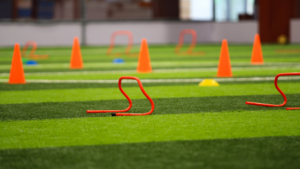
Youth athletic training plays a critical role in the holistic development of young athletes. It enhances physical abilities such as strength, endurance, and flexibility. Training programs tailored to the individual help accelerate skill acquisition and motor coordination, which are essential for athletic proficiency.
Mental development also benefits from structured training. Regular physical activity boosts cognitive function and promotes mental resilience. Young athletes learn goal-setting, discipline, and teamwork, fostering psychological growth and improved performance in both sports and academics.
Physical Benefits of Athletic Training
Youth athletic training enhances physical development in young athletes, improving performance and promoting overall health. Training programs cater to various aspects of physical fitness.
Building Strength and Endurance
Athletic training increases muscle strength and cardiovascular endurance, vital for sports performance. Young athletes experience enhanced muscle mass and bone density through regular resistance exercises like squats and lunges. Running and cycling boost cardiovascular health by increasing oxygen delivery to muscles. Improved endurance allows sustained physical activity and quicker recovery, aiding athletes in competitive environments.
Enhancing Flexibility and Coordination
Enhanced flexibility and coordination result from targeted athletic training, leading to better sports performance and reduced injury risk. Stretching routines improve joint range of motion, making movements more fluid. Activities such as yoga and Pilates promote muscle flexibility and balance. Coordination drills, including agility ladder exercises, refine motor skills, allowing athletes to execute complex movements efficiently. Optimal flexibility and coordination enhance agility and reflexes, essential for dynamic sports.
Psychological Benefits of Training
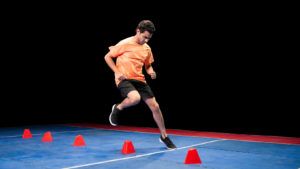
Youth athletic training provides numerous psychological benefits by fostering important mental skills. It aids young athletes in developing discipline and boosting confidence, contributing to their personal and athletic success.
Developing Discipline and Focus
Training cultivates discipline in young athletes by requiring them to follow structured routines and schedules. This discipline extends beyond sports, promoting time management and organizational skills essential for academic and personal pursuits. Focus is enhanced through repetitive practice, allowing athletes to concentrate better on tasks and remain undistracted during competitions.
Boosting Self-esteem and Confidence
Training builds self-esteem by providing opportunities for skill mastery and achievement. As young athletes improve their abilities, they gain confidence, feeling capable of tackling challenges. Positive feedback from coaches and peers further enhances this sense of self-worth, leading to greater motivation and engagement in sports and other activities.
Effective Training Methods
Youth athletic training requires methods that support both physical development and overall well-being. Attention to age and balance ensures young athletes thrive in their sports endeavors.
Age-Appropriate Exercises
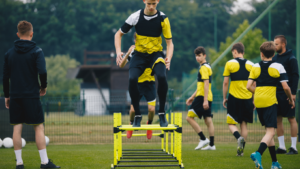
Choosing exercises suitable for a child’s developmental stage maximizes benefits and minimizes injury risks. For children under 10, focus on basic movements such as running, jumping, and balancing. These activities build fundamental skills. As youth athletes enter adolescence, around ages 10-14, introduce structured resistance training and sport-specific drills to develop strength and technical proficiency. During late adolescence, from ages 15-18, integrate more complex training such as plyometrics and advanced conditioning, allowing athletes to specialize in their respective sports.
Balancing Training and Rest
Creating harmony between rigorous training and sufficient rest is crucial for youth athletes’ recovery and performance. Implement a schedule alternating between high-intensity workouts and lighter, skill-focused sessions. This approach reduces fatigue and prevents overtraining. Ensure athletes have at least one rest day each week and incorporate active recovery techniques such as light exercise and stretching. Monitoring fatigue levels helps maintain a healthy training balance, promoting sustained growth and injury prevention.


